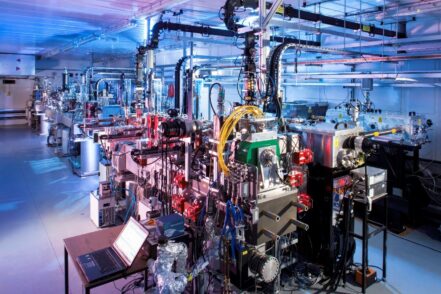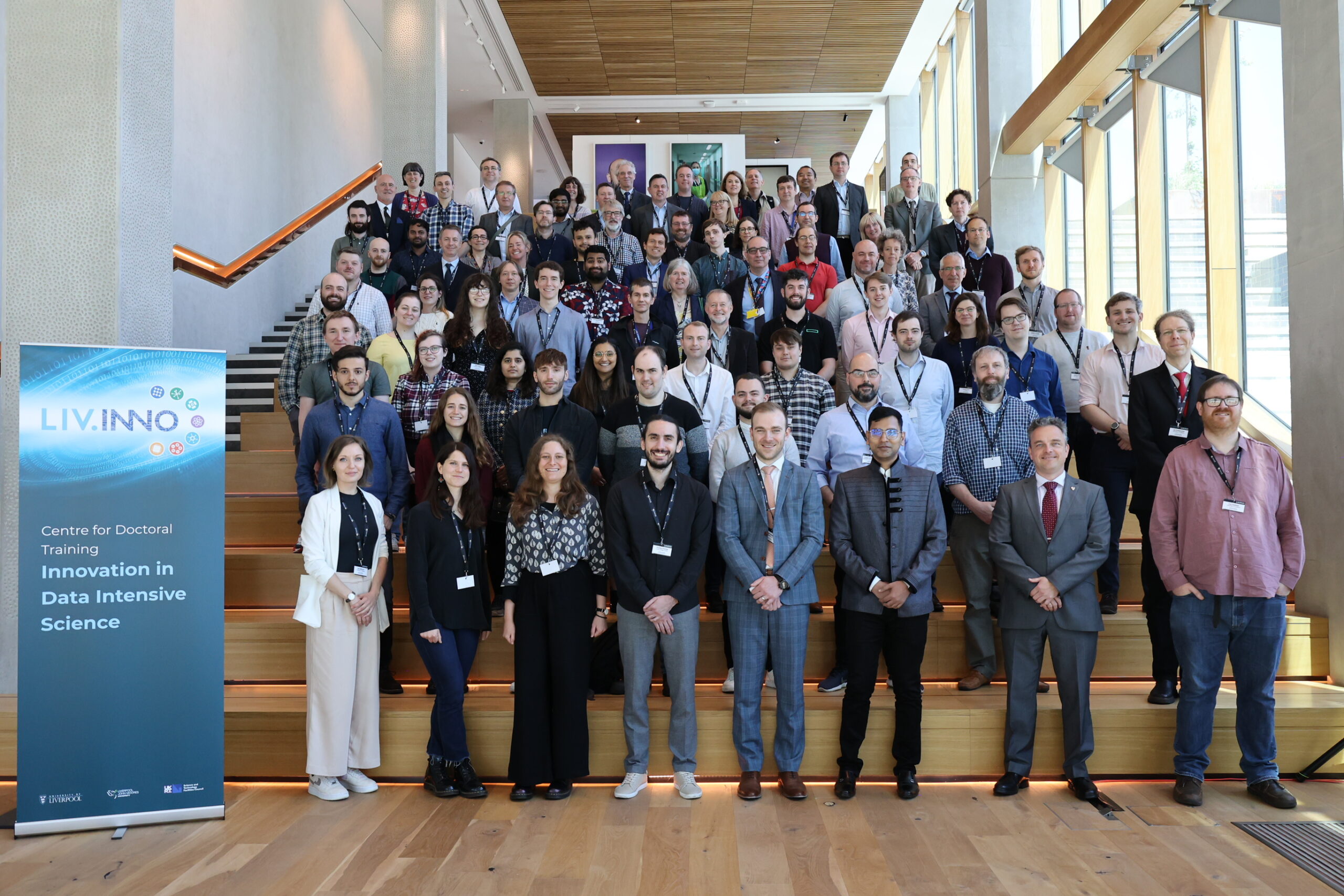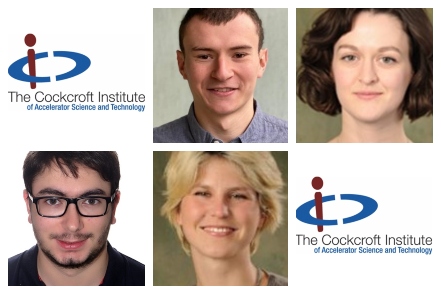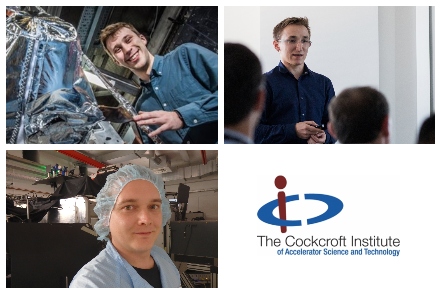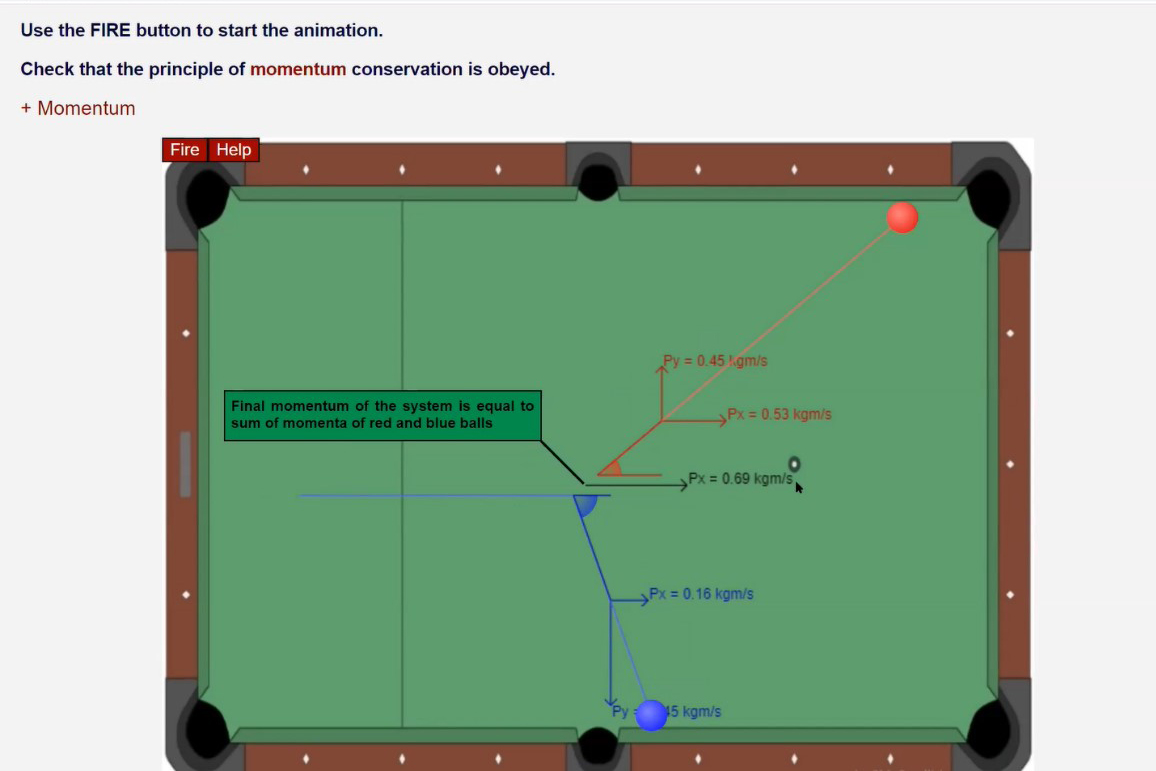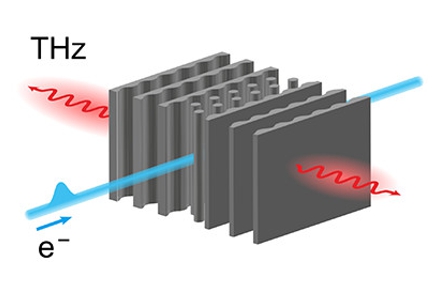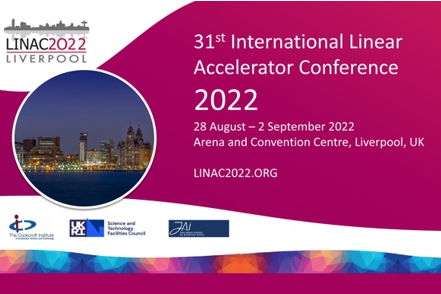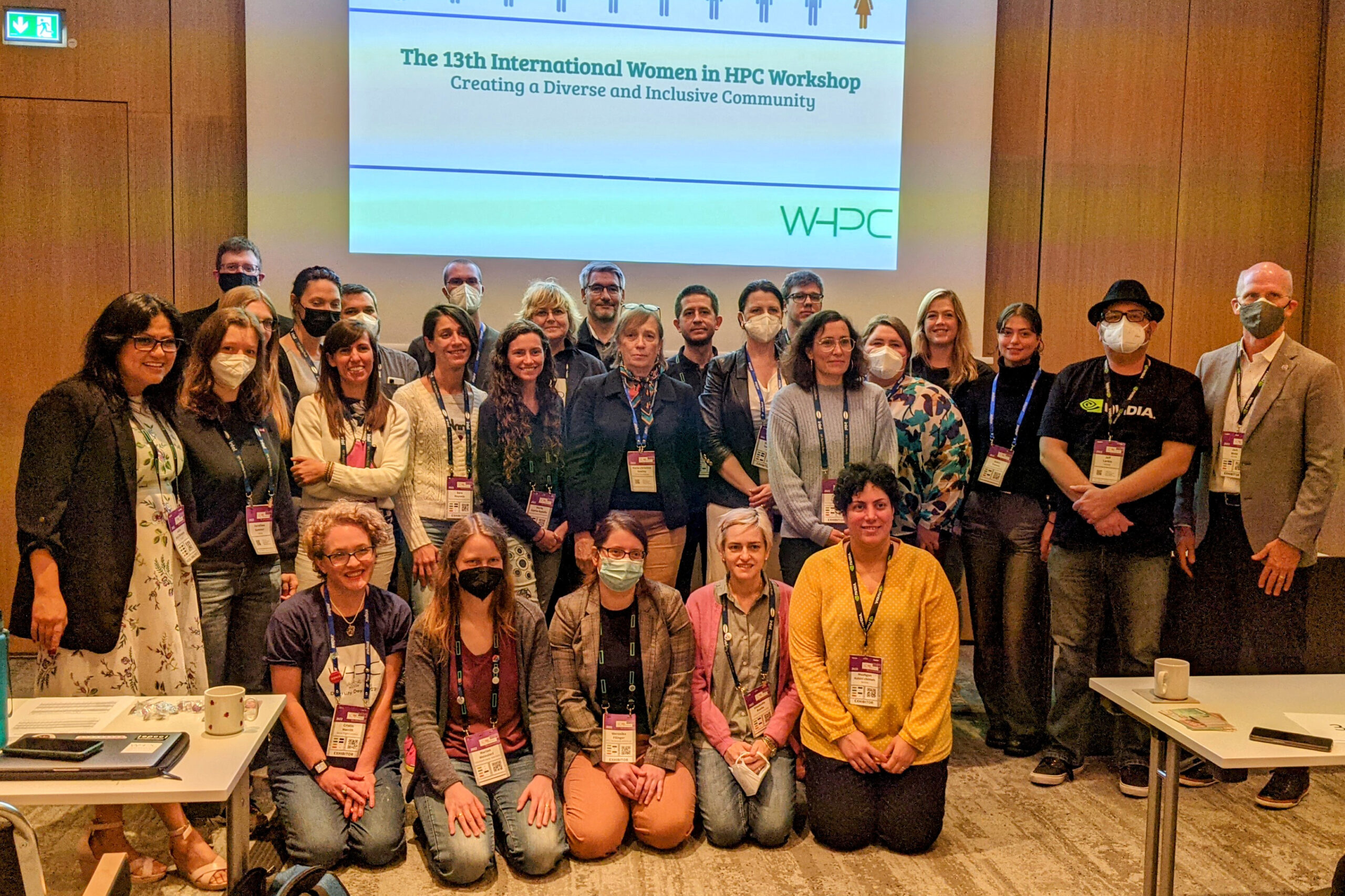
Cockcroft researcher joins forces with WHPC for the return to international in-persons events at ISC’22
Thanks to the efforts of Cockcroft Institute and Lancaster University researcher Elisabetta Boella, WHPC hosted attendee events and a half-day workshop focused on creating a diverse and inclusive community with…


